My Journey
"Compare yourself to who you were yesterday, not to who someone else is today"
Tech Stack
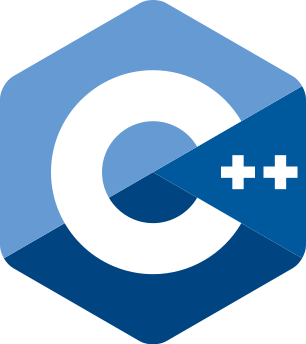
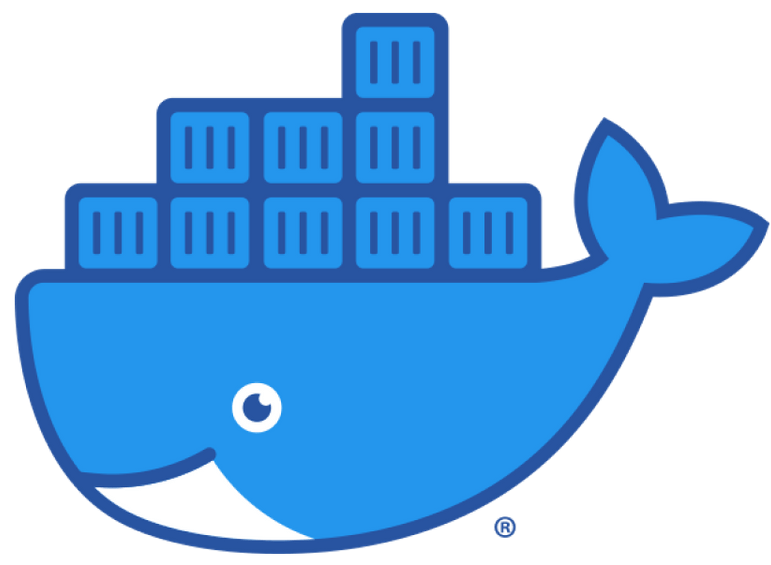


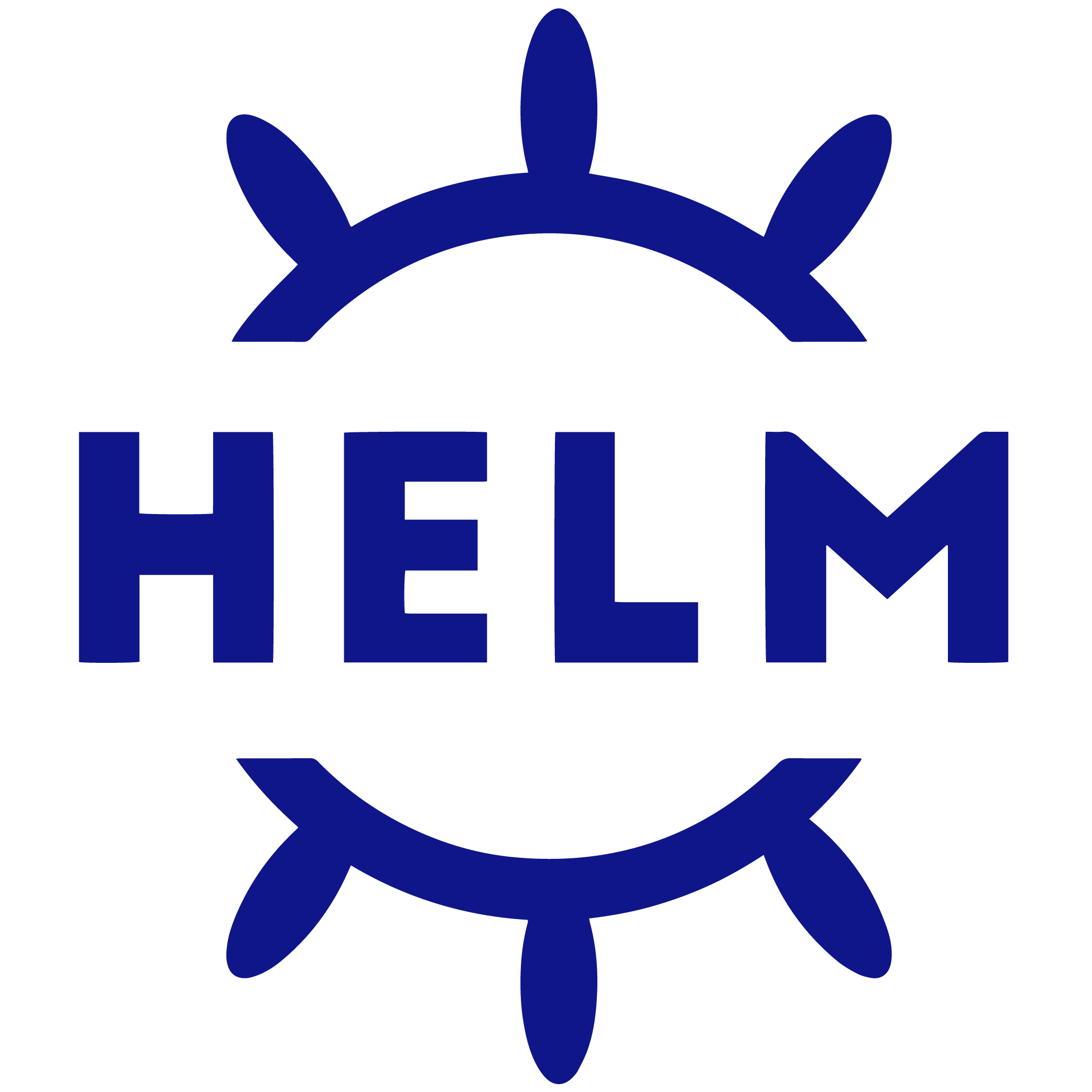

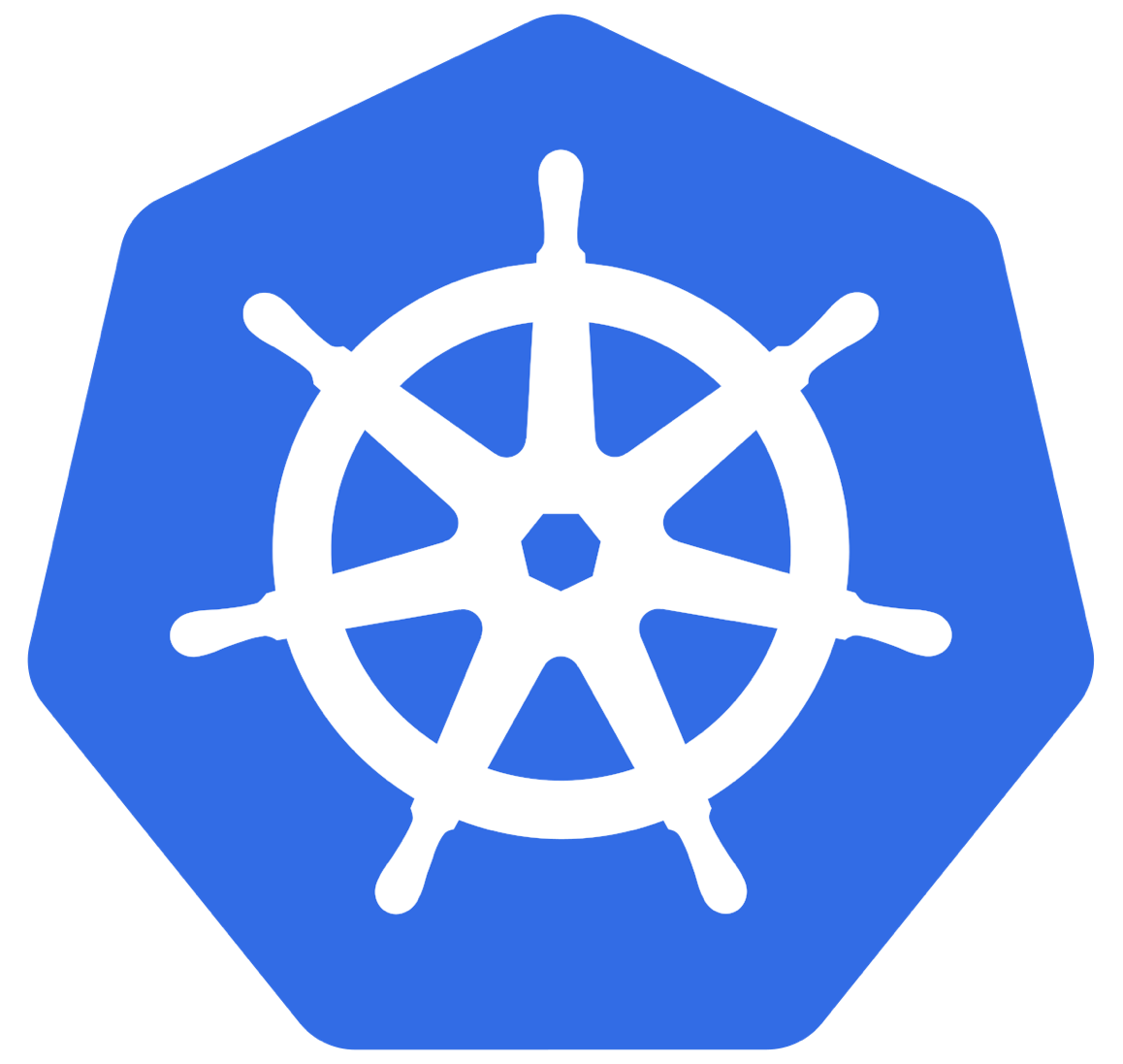
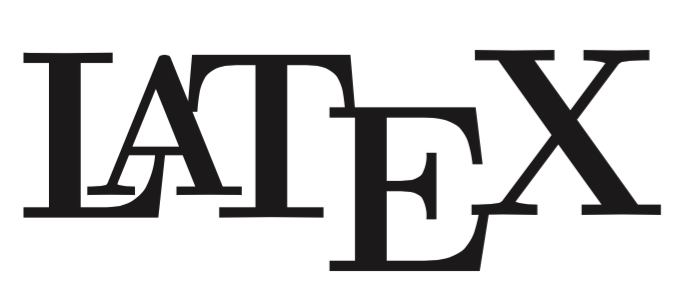
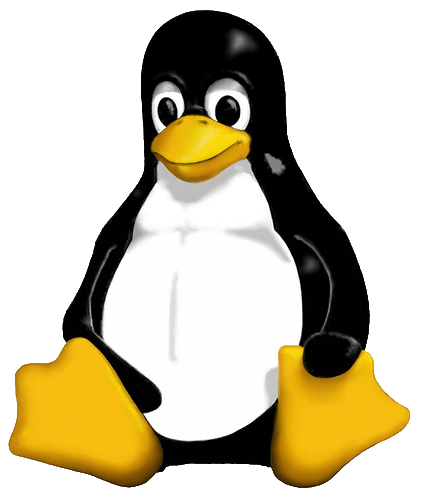
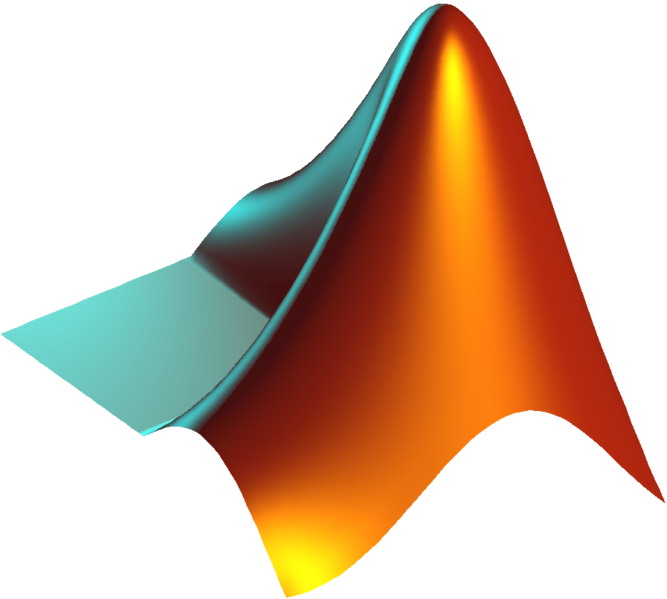
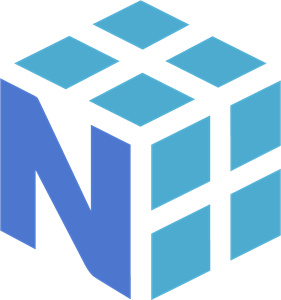
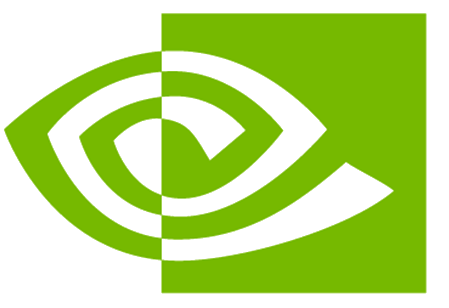
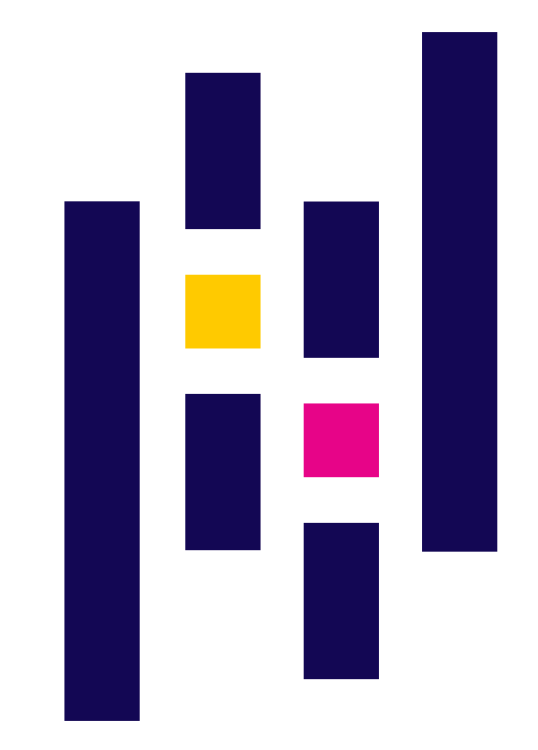

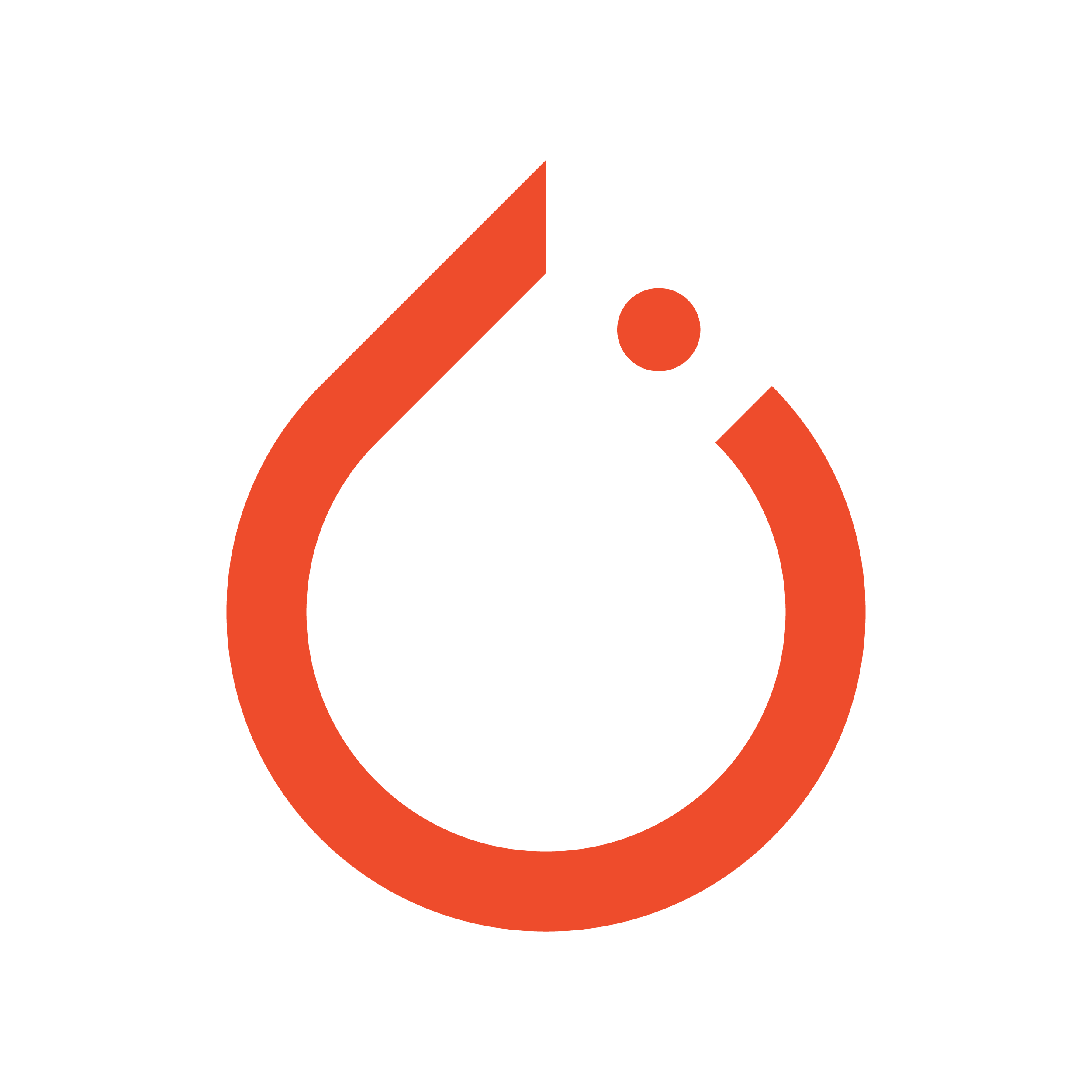
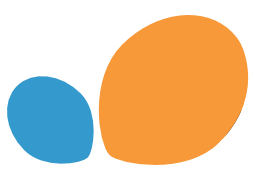


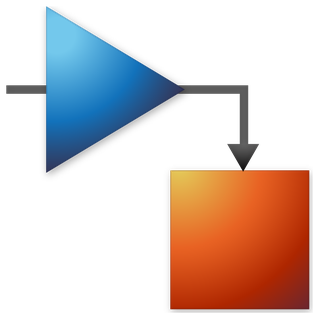

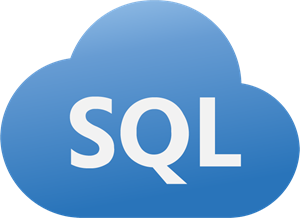

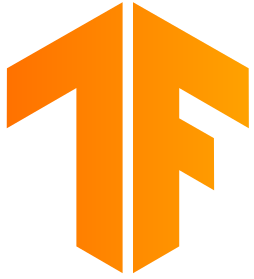
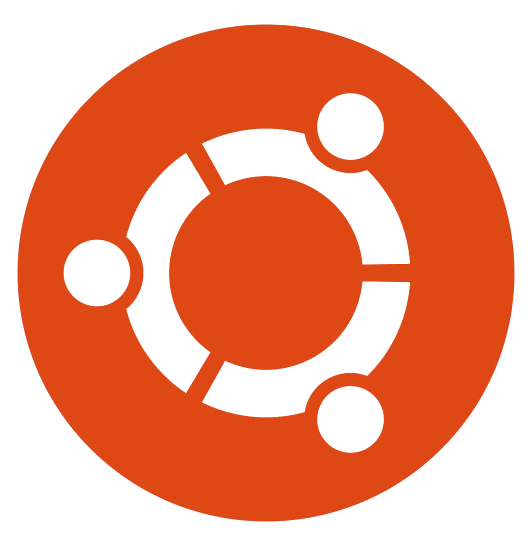
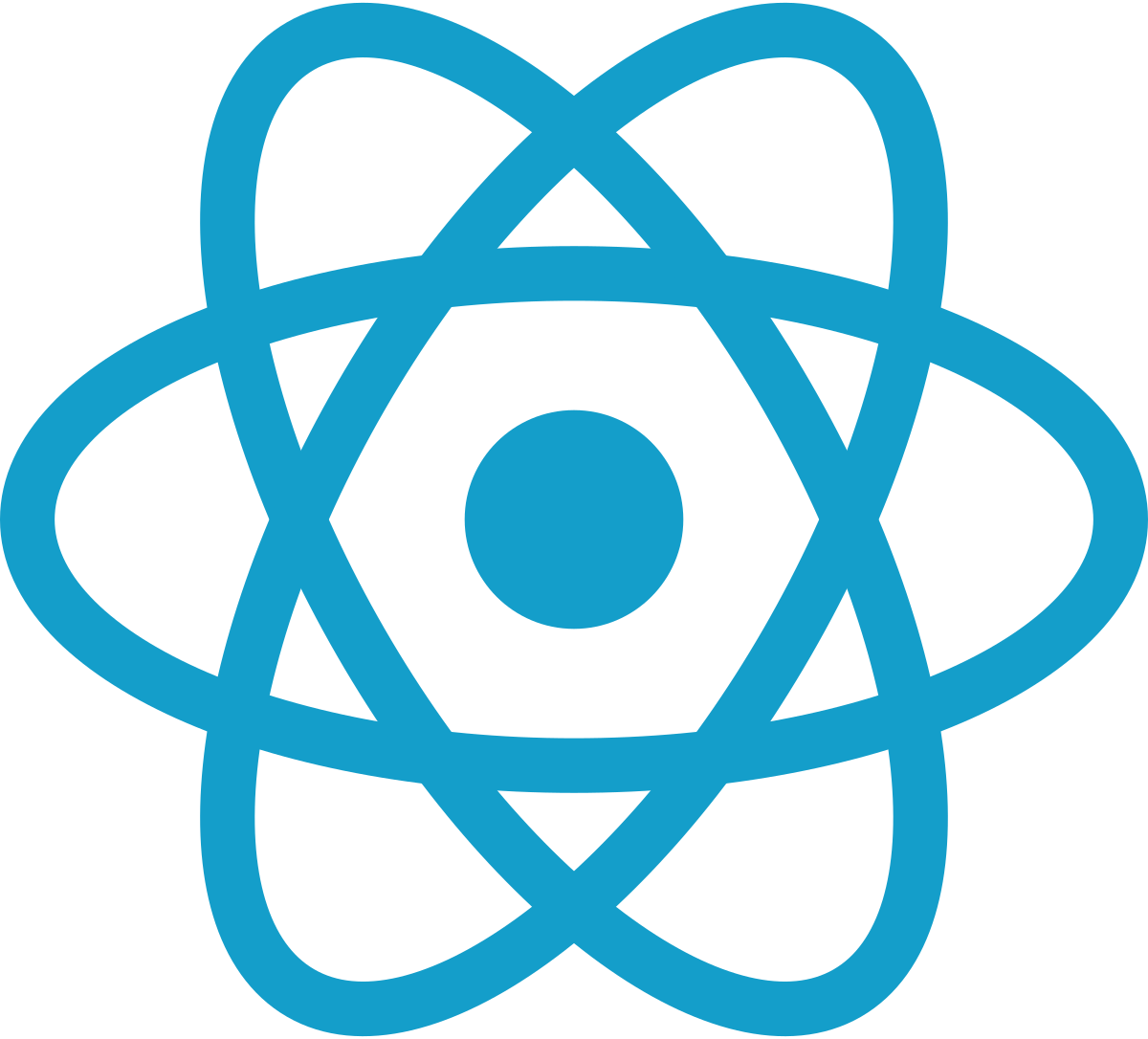
Short Intro
Who Am I?
Berend Gort, a Research Engineer, diving deep into the realms of Machine Learning, Signal Theory and Communications. Currently, I am pursuing a Ph.D. in Applied Artificial Intelligence from the Universidad Politecnica de Catalunya. The subject of my research is Attention Mechanisms for Cloud/Edge Orchestration.
My Academic Foundation
With dual master's degrees in Artificial Intelligence & Computer Science from Harbour.Space University and Mechanical Engineering from the Technical University of Eindhoven, I've built a solid academic foundation.
Where I Work
I am putting my skills to work at NearbyComputing in Barcelona, Spain. Here, my focus is on advanced time-series prediction and ML cloud/edge orchestration.
What Makes Me Unique?
My diverse academic background equips me with a unique skill set that ranges from signal theory to deep learning algorithms. I've been fortunate to publish my research in reputable conferences and contribute meaningfully to the field of deep reinforcement learning.
Professional Experience
AI Research Engineer
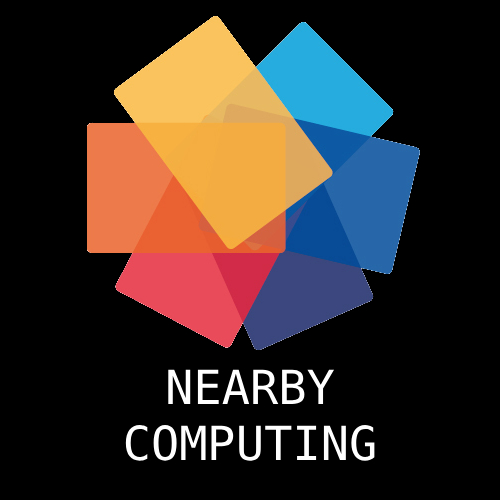
After working in various industries, I realized Machine Learning requires extensive knowledge of cloud/edge computing. Currently, at NearbyComputing, I'm working on a Ph.D. in Applied Artificial Intelligence, focusing on cloud/edge orchestration. Orchestration is a fine word; our product is a Master to the Kubernetes minions. For instance, any mobile network provider is currently struggling with controlling their edge infrastructure. We are building a solution that allows them to control their edge infrastructure with a single click.
At NearbyComputing, I get to be both a mad scientist and a real-world problem solver. In my latest paper, I used a Transformer model to predict CPU usage of 10.000 servers in a Google Cloud Cell. Basically my job right now is predicting variables in time. What a skill to have right, predicting the future?
It's not just about foreseeing the future; it's also about keeping everything neat and organized. Ever heard of an MLFlow server? I built one of those from scratch. Think of it as a library where every book is an algorithm. This infrastrucutre allows complex collaboration with colleagues.
And let's not forget the grand finale: the inference pipeline. Imagine a high-speed freeway where data zips around with zero traffic, thanks to NVIDIA Triton and Seldon Core. It's like the autobahn for putting machine learning models in production.
I've got an incredible team around me, and I feel free to explore any direction I want. We're all mad scientists, trying to find the latest state-of-the-art solutions, and putting them to work.
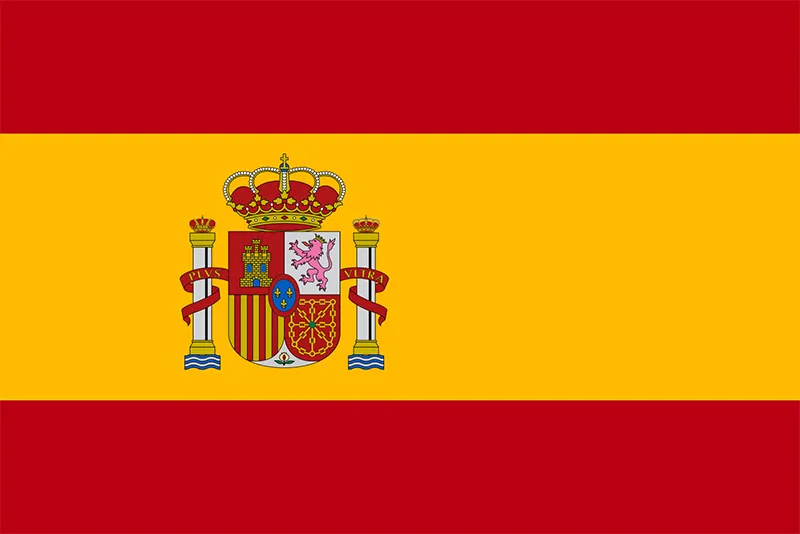
AI Research Scientist
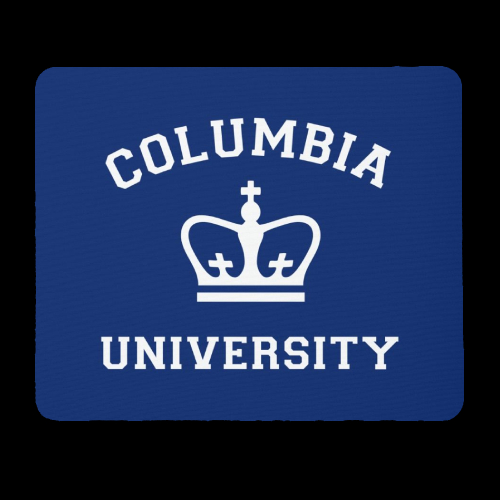
At AI4Finance I touched my first supercomputer. A computer worth 400.000 euro's. It was a beast, and I was in charge of it. I built a pipeline that allowed us to run 1000's of experiments in parallel. It is like having a superpower.
Diving into the world of finance armed with machine learning is more than just number-crunching; it's like solving a complex puzzle with high stakes. In my recent work, I focused on reducing overfitting in models, slashing it by 46%. It's like to stripping away the noise to reveal the core truth.
Sharing knowledge is as essential as gaining it. That's why I took the role of moderating the open-source code for FinRL on GitHub. The validation came when we witnessed a 214% spike in stars within a year. Currently AI4Finance is at 8000 stars and counting.
It's about revolutionizing how we see and use machine learning in finance. We're not just adapting to the industry; we're setting out to redefine it. AI4Finance is giving away high-quality research for free, and I'm proud to be a part of it.

AI Research Scientist
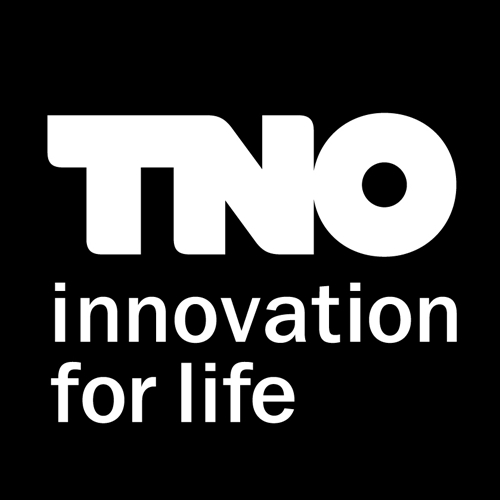
If you thought the sky was the limit, think again. My curiosity took me beyond our atmosphere, into the realm of space communications. During my tenure at TNO Telecommunications, I plunged into the cutting-edge field of optical laser communication. Imagine this: lasers in space, zapping data across satellites at speeds you wouldn't believe—more than 1 Tbps!
This isn't just sci-fi stuff; it's real and it's happening now. The tech I worked on uses high-frequency laser beams for ultra-fast, super-secure communications between satellites. And guess what? This can make our internet on Earth insanely fast too. We're talking about a 6G network that can make your current internet look like a snail.
But it's not just about speed; it's about precision and reliability. I was part of a team that designed a control system to aim these lasers with pinpoint accuracy. And the results? We slashed control errors by 86%.
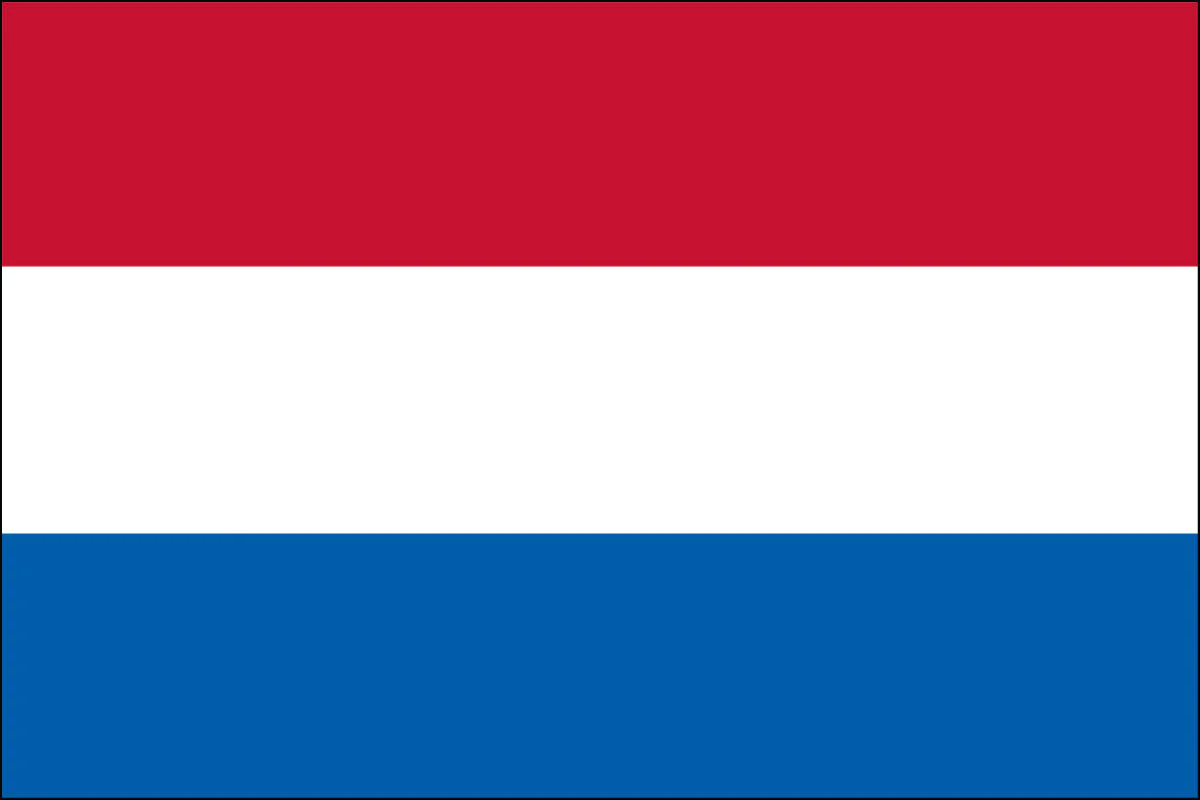
Robotics Research Engineer
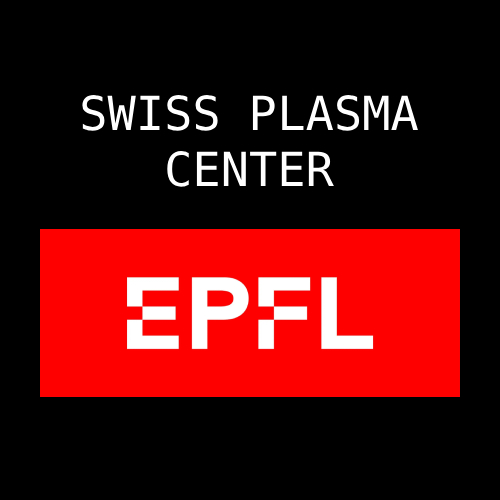
Now, let's take a step back and travel to the Swiss Plasma Center, where I worked in the fusion of robotics and, well, actual nuclear fusion. Nuclear fusion is like creating a mini-sun but right here on earth. It actually gets to 100 million degrees; a 3x hotter than the actual sun! It's the holy grail of energy production, and it's the future of clean energy, we only need to mine the moon for Helium-3. But that's a story for another time.
There was a big rock there that they used to start the reactor. They would spin up a 300-ton rock at 6000 RPM to ignite the reactor. With a big rock I mean a flywheel. If they would pull the energy of the grid instead of using the flywheel, the whole city would go dark. That's how much energy they were using.
Working on the TCV fusion reactor gives a NASA vibe. There is a 'control room' which looks exactly like the NASA headquarters for space missions. A hundred computers aligned in a big room towards a large screen with the main engineer giving commands to people of what to do. Alongside a dream team of physicists and engineers, we guided 4.5MW microwave beams to heat plasma. My job was the robotic control the mirrors that reflected all of this energy into the reactor.

Education
MSc AI & Computer Science
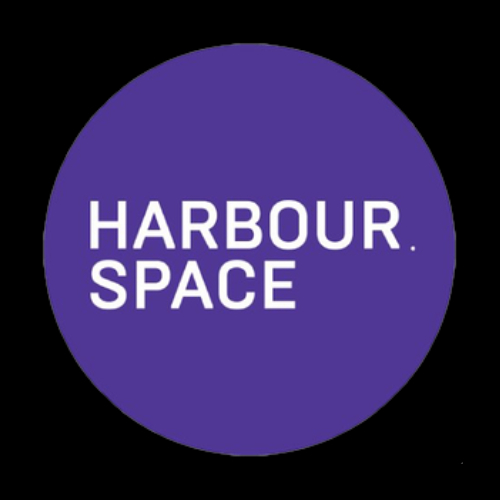
I earned my MSc in AI & Computer Science from Harbour.Space University with a standout GPA of 9.3/10, graduating Magna Cum Laude. My work stood out, earning me a full scholarship.
My thesis on "Deep Reinforcement Learning with Proximal Policy Optimization in a Multi-Crypto Environment" received a perfect grade of 10.0/10, showcasing my focus on cutting-edge tech.
Coursework included high-scoring subjects like Neural Networks (9.8), Machine Learning (9.5), and Algorithms and Data Structures (8.6). These courses laid a strong foundation for my research and professional work.

MSc Control Engineering
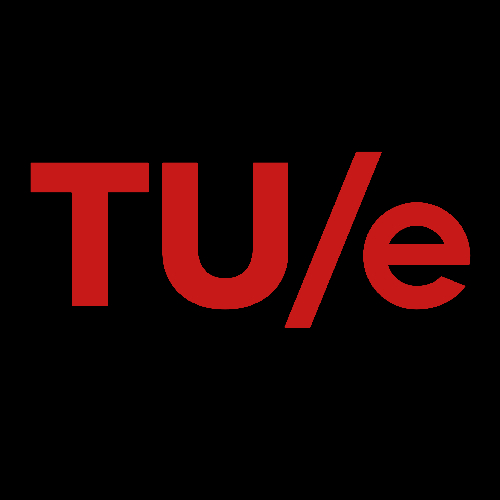
I completed my MSc in Mechanical Engineering, specializing in Control Technology, at the Technical University of Eindhoven with a GPA of 7.3/10.
My thesis focused on minimizing torque ripple in Switched-Reluctance Motors using Repetitive Control, a subject vital for energy-efficient engineering.
Courses included Advanced Calculus for Control (9.0), Scientific Computing for Mechanical Engineering (8.0), and Control Engineering (8.0), equipping me with a strong skill set in control systems and computational methods.
